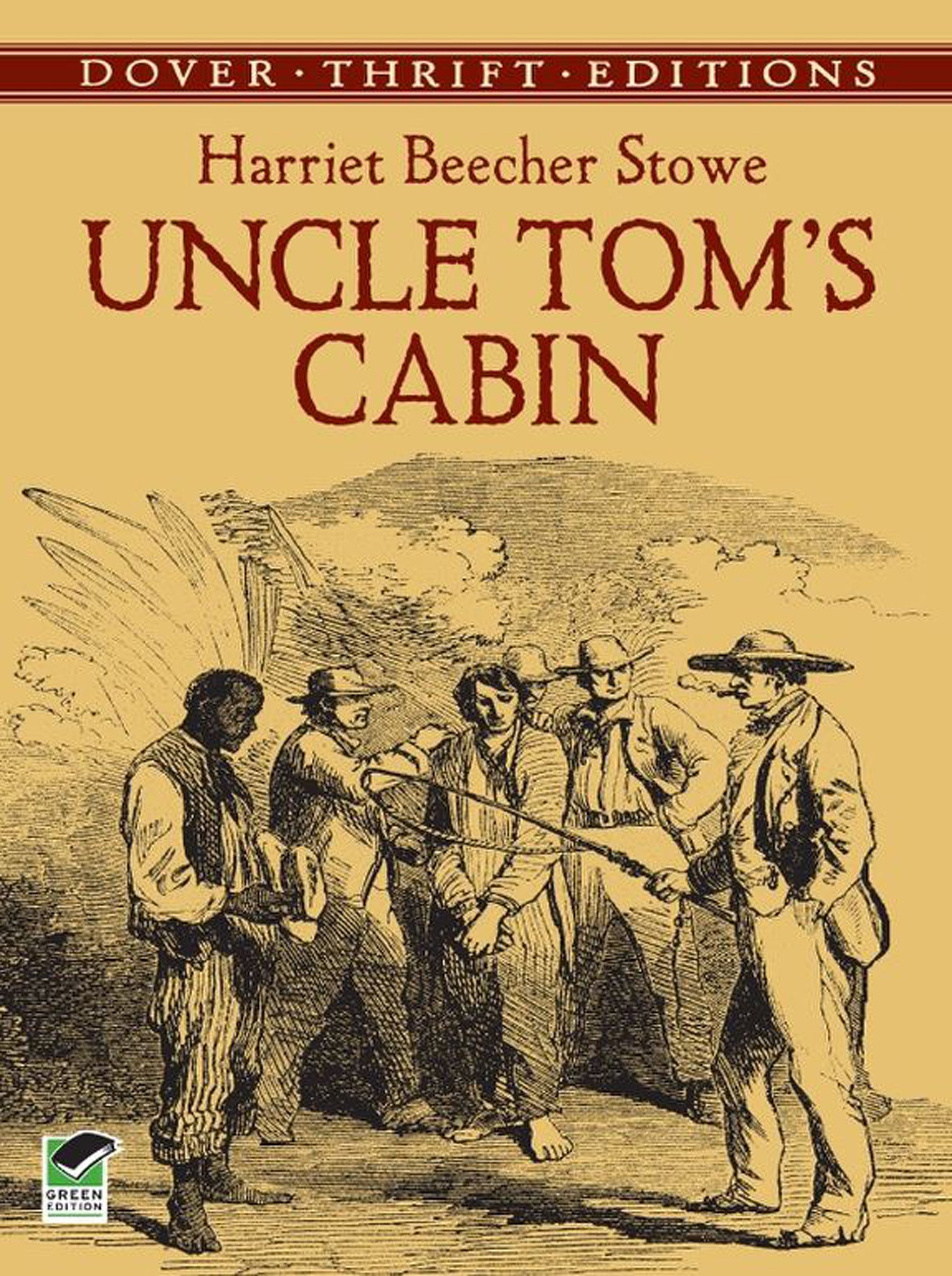On March 20, 1852, Harriet Beecher Stowe’s influential anti-slavery novel was published. The book was comprised of two volumes and sought to depict the cruel reality of slavery through the titular character Uncle Tom, an enslaved African-American man.
At the time, the book was incredibly influential because it portrayed the humanity of enslaved African-Americans and the humanity that was inherently denied to them through the act of slavery itself. In short, it’s easier to treat people inhumanely if you do not recognize them as fully human in the first place. Stowe sought to leverage her social standing and privilege as a Cincinnati-born woman of English descent to challenge the widespread dehumanization which allowed slavery to be socially and culturally acceptable in the first place.
The novel was effective. In fact, it garnered such an impact that it is credited with growing the anti-slavery movement which then paved the way for the Civil War. The novel and the circumstances surrounding it are not without justifiable critique, however. For example, Uncle Tom’s Cabin popularized a number of racial stereotypes about African-Americans, leading to the name “Uncle Tom” or even simply “Tom” becoming an epithet.
Additionally, and perhaps most importantly, the fact that the anti-slavery movement did not gain momentum until a white woman spoke out against it further elucidates the attitudes of the time and the degree to which enslaved African-Americans were dehumanized.
Both enslaved and later free African-Americans had spoken out and resisted the horrors of slavery all throughout its existence and implementation. However, their testimony and trauma did not carry the widespread weight until white abolitionists joined the cause and amplified their truths.

